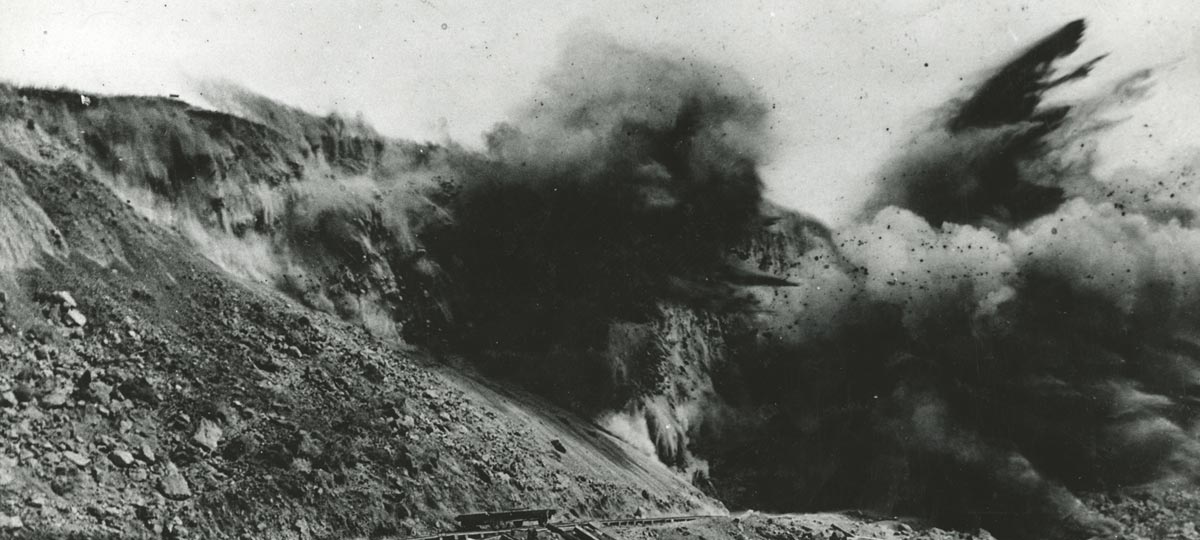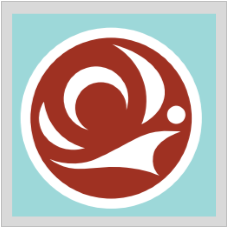Early Cabin
What did Port Townsend look like in the 1860s?
Where you are now standing was often flooded by tidal seawater.
The early inhabitants of Port Townsend were intimately familiar with the tides and eager entrepreneurs saw the limitations to building a city on a sand spit.
Top image: Port Townsend 1868 (JCHS 2016.32.7)
The image above (1868) shows Port Townsend’s waterfront with Alfred A. Plummer’s cabin in the foreground, lower right. Plummer arrived in 1851 at the age of 29, along with Charles Bachelder, and they erected the first non-Native dwelling.
The Donation Land Claim Act of 1850 brought thousands of white settlers into Washington and Oregon Territories. Nearly 7,500 land patents were granted under the law, which expired in 1855.
The early inhabitants of Port Townsend were intimately familiar with the tides and eager entrepreneurs saw the limitations to building a city on a sand spit. Expansion of their “Key City” into a bustling customs port of 9,000 people would require “filling in” of the tidal flat in order to build the more substantial architecture you see now, most erected in the 1880s.

Blasting the bluff (JCHS 2004.117.566)
Fill came from large sections of the bluff that separates Uptown from Downtown. Using water hoses and feats of ingenuity, the Port Townsend waterfront was gradually extended out into the bay. Was it wise to build a city here? 170 years later, a sand spit is still a sand spit. In the event of a sizable Cascadia Subduction Zone earthquake, it is likely that liquefaction would occur, sinking the Port Townsend waterfront in its entirety. If you hear a loud siren, that is our Tsunami warning system, and if it’s not a test, it is advisable to reach high ground as quickly as possible.
Who were the first inhabitants of what is now Port Townsend? Native people of the Olympic Peninsula have used these waters and land since Time Immemorial. For more information on the first inhabitants and the S’Klallam Village of qatáy, please explore the čičməhán Trail.

Learn More of Our History
